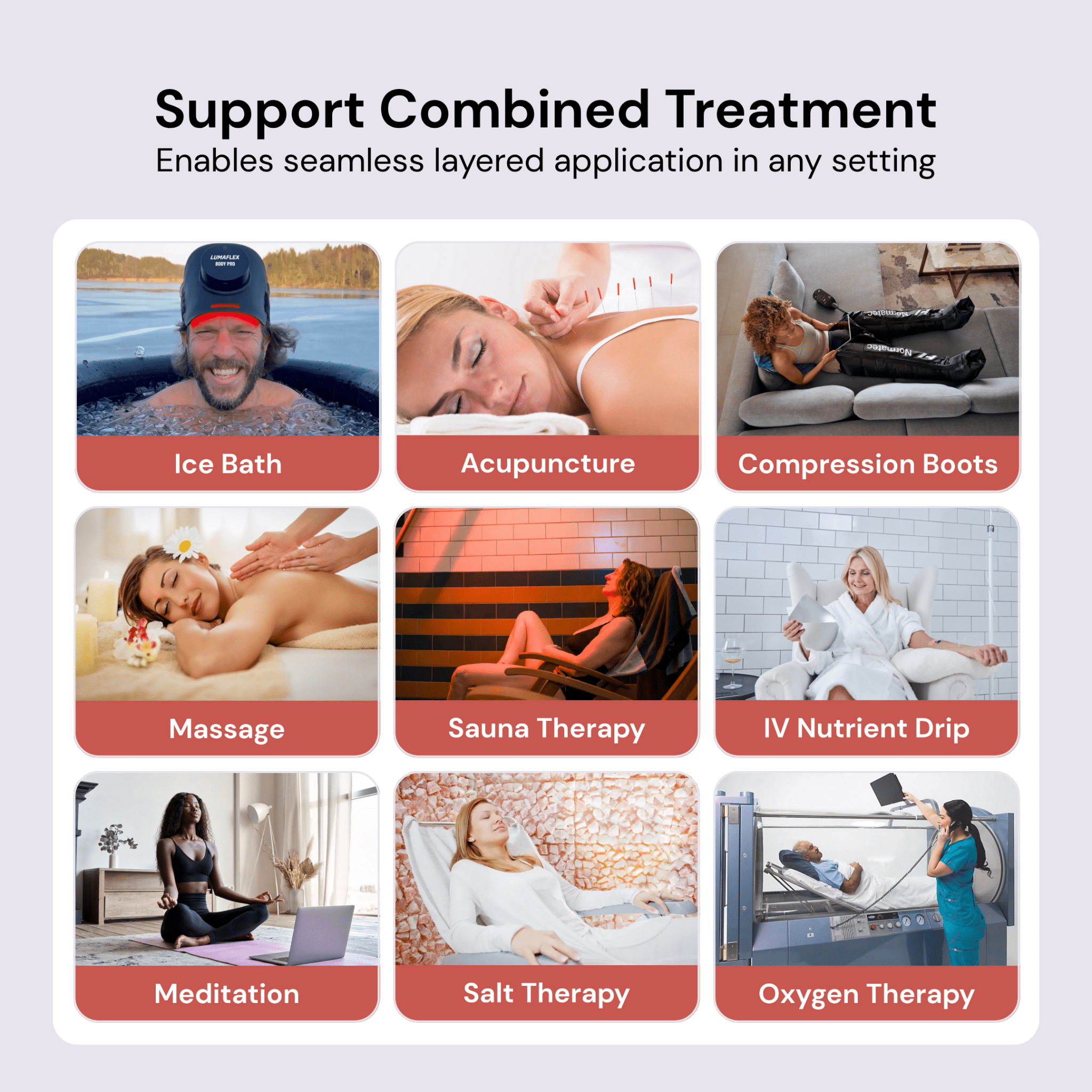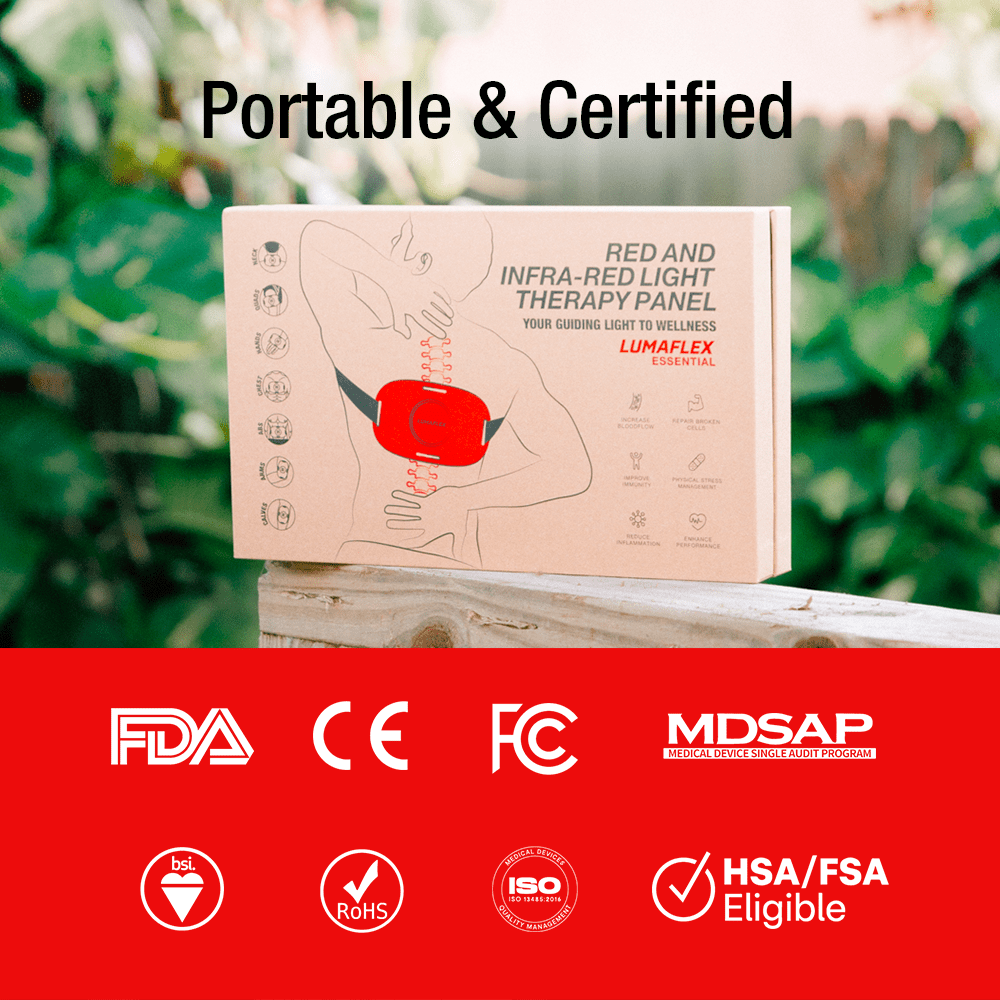Corporate Wellness: Your Complete Guide to Building a Thriving Workplace Culture

The Corporate Wellness Revolution
In 2025, corporate wellness will become an essential factor in organizational success. But what exactly is corporate wellness? It refers to the programs and initiatives that companies implement to promote the physical, mental, and emotional well-being of their employees. By prioritizing employee health, organizations create a healthier, more productive environment where people can thrive both personally and professionally.
The corporate wellness industry is projected to hit $58 billion by 2026, reflecting a fundamental shift in how companies view employee health, not as a peripheral benefit, but as a core business strategy.
The pandemic heightened awareness around mental health, exposing alarming levels of stress, anxiety, and burnout. Employees now seek workplaces that genuinely prioritize their mental and physical resilience. Meanwhile, the Great Resignation has top talent demanding workplaces that show real commitment to employee wellbeing. Organizations implementing comprehensive employee wellness programs are seeing impressive returns. $3.27 for every dollar spent.
Learning how to implement corporate wellness programs effectively requires a systematic six-step approach: building a leadership foundation, establishing core elements, strategic implementation, adopting innovations, tracking progress, and navigating obstacles.
This comprehensive guide will walk you through a proven blueprint for building a vibrant, health-centric workplace that attracts, retains, and empowers your teams.
Table of contents
Why Corporate Wellness Programs Drive Modern Business Success
Corporate wellness programs do more than support employee health. They play a key role in shaping organizational culture. When organizations prioritize employee well-being, they create an environment where people are more engaged, productive, and committed. These programs can lead to significant reductions in healthcare costs, absenteeism, and turnover, contributing to a stronger, more resilient organization.
In fact, companies that invest in wellness initiatives report healthcare cost reductions of 25-30%, lower absenteeism, and increased retention rates. Sick days fall by 36%, employee retention improves by 40%, and productivity increases by 13%. Workplace injuries decreased by 30%, significantly reducing workers' compensation costs.
Employee Engagement Impact
Well-designed employee wellness programs powerfully impact workplace culture. Satisfaction scores increase by 56%, reflecting a workforce that feels valued and cared for. Employees participating in workplace wellness initiatives develop stronger loyalty and become brand ambassadors. These programs attract top talent, especially younger professionals seeking organizations prioritize health and well-being.
The employee wellness program benefits extend far beyond healthcare cost savings to encompass improved morale, enhanced productivity, and stronger organizational culture.

Step 1: Building Your Corporate Wellness Foundation
Building a strong foundation for corporate wellness requires thoughtful planning and organizational commitment. When leadership demonstrates a clear commitment to wellness, it fosters a culture that supports employees' well-being. Aligning wellness initiatives with company values and maintaining open communication with employees ensures that wellness becomes an integral part of the organizational culture.
Leadership Commitment and Buy-In
Building a strong workplace health culture requires visible executive commitment. When executives actively participate and champion programs, it signals that employee health matters. Allocating appropriate budget and resources ensures sustainability. Leadership should align wellness efforts with company values, reinforcing that wellbeing is integral to organizational success. Transparent communication builds trust and encourages participation.
Employee Needs Assessment
Knowing how to implement corporate wellness programs successfully begins with comprehensive workforce insight through:
Comprehensive health risk assessments
Employee surveys and focus groups
Biometric screenings and health data analysis
Demographic and lifestyle factor considerations
Baseline metrics establishment for tracking progress
Before you begin implementing a corporate wellness program, you must assess your organization’s readiness. A wellness program readiness test can help you gauge your current capacity for supporting wellness initiatives.
This test evaluates factors such as leadership commitment, available resources, employee engagement, and existing wellness infrastructure, providing valuable insights that ensure a more strategic and effective program rollout.
Wellness Program Readiness Assessment
Goal Setting and Success Metrics
Establishing clear, measurable objectives ensures program focus and impact. Setting SMART goals guides practical planning. Defining KPIs such as participation rates, health improvements, and cost savings helps monitor progress. ROI measurement frameworks quantify financial value, supporting ongoing investment.
Step 2: Essential Elements of Successful Corporate Wellness Programs

Physical Health Initiatives
Creating environments encouraging physical activity is fundamental to corporate wellness strategy. On-site fitness facilities make exercise convenient. Subsidized gym memberships and walking meetings promote activity. Ergonomic assessments reduce injury risk. Preventive health screenings support early detection. These comprehensive physical health initiatives contribute to 30% fewer workplace injuries, creating safer environments while reducing insurance costs.
Mental Health and Stress Management
Supporting mental health is equally important in comprehensive employee wellness programs. Employee assistance programs (EAPs) offer counseling resources. Mindfulness sessions provide stress management tools. Mental health days demonstrate a genuine commitment to wellbeing. When employees feel supported mentally, engagement and productivity improve significantly.
Nutritional Wellness Support
Healthy eating options directly influence energy and focus within corporate wellness frameworks. Nutritious cafeteria choices and educational sessions empower informed food decisions. Fresh fruit programs and hydration stations encourage healthy habits. These efforts create workplace cultures valuing holistic wellness.
Step 3: Implementing Your Corporate Wellness Program Successfully
Implementing a successful corporate wellness strategy involves careful planning and a phased approach. Starting with smaller pilot programs can help test and refine initiatives before scaling them up. By using a structured, adaptable approach, organizations can ensure that wellness programs are accessible and engaging for all employees, fostering a culture of health and well-being over time.
Phased Rollout Approach
Successful wellness program implementation follows systematic, gradual approaches ensuring smoother adoption. Pilot programs test initiatives on smaller scales, gathering valuable insights. Phased approaches manage resources effectively while reducing overwhelm. Flexibility remains crucial—adapting based on what works.
Communication and Engagement
Effective communication transforms workplace wellness initiatives from programs into culture. Multiple channels keep employees informed and excited. Wellness champions encourage grassroots movements. Incentive programs motivate sustained involvement. When employees see tangible benefits, employee engagement wellness improves naturally.
Technology Integration
Technology streamlines wellness program implementation through digital innovation. Digital platforms make employee wellness programs more accessible by enabling resource access, activity tracking, and goal setting. Wearable devices add accountability through challenges. Virtual sessions make programs accessible from anywhere.
Step 4: Cutting-Edge Corporate Wellness Innovations
Biometric Wellness Stations
Biometric wellness stations provide quick, comprehensive health insights supporting proactive wellbeing. These stations include blood pressure monitors, body composition analysis, and stress assessment devices. Regular use fosters awareness, early detection, and healthier lifestyle choices.
Recovery and Rejuvenation Spaces
Dedicated relaxation spaces support stress management and recovery. Quiet zones, meditation rooms, massage chairs, and nap pods enable restorative breaks. These rejuvenation spaces combat workplace fatigue while promoting mental well-being.
Red Light Therapy: Advanced Cellular Wellness Technology
Emerging wellness innovations, like red light therapy, are gaining attention for their potential to improve mental focus and reduce fatigue. While traditional wellness programs focus on physical health and mental well-being, integrating new technologies into workplace wellness initiatives can provide employees with additional tools to support their health. These innovations are part of a broader trend of embracing evidence-based approaches to enhance workplace wellness.
Red Light Therapy: The Science Behind
Red light therapy uses specific wavelengths (630-850 nanometers) to stimulate mitochondrial function, potentially reducing mental fatigue and enhancing cognitive performance.
Research shows promising results: employees using red light therapy experience 23% faster recovery from mental fatigue, with studies indicating 31% improvement in sustained attention tasks and 19% reduction in afternoon energy crashes.
Originally developed by NASA for space missions, this technology demonstrates how scientific innovation can translate into practical workplace applications. Modern devices integrate seamlessly into office environments—portable panels operate silently without heat generation, requiring only standard electrical outlets.
Red Light Therapy for Wellness
The cost-effectiveness makes red light therapy an attractive consideration for corporate wellness budgets. Single devices costing $600-1,500 can serve dozens of employees daily, representing a modest investment within broader wellness initiatives.
For organizations committed to exploring innovative wellness technologies, red light therapy offers an additional tool in the comprehensive wellness toolkit. It complements existing programs while demonstrating organizational commitment to investigating new approaches that may support employee vitality and focus.
Early adoption of such technologies can position organizations as wellness innovators, particularly appealing to professionals who value employers willing to explore evidence-based health solutions as part of holistic workplace wellness strategies.

Step 5: Tracking and Optimizing Your Corporate Wellness Program
Measuring corporate wellness ROI ensures investments deliver measurable results justifying continued commitment.
Key Performance Indicators: Corporate Wellness KPIs
Monitoring KPIs ensures wellness initiatives stay on track. Employee participation rates and engagement levels reveal active involvement. Health outcome improvements demonstrate tangible benefits. Cost savings from decreased healthcare claims highlight the financial impact. Organizations typically see healthcare cost reductions of 25-30% within two years. Tracking turnover reductions and productivity improvements provides comprehensive effectiveness views.
Continuous Improvement Strategies
Sustaining success requires ongoing evaluation of corporate wellness approaches. Regular performance assessment gathers insights and highlights enhancement opportunities. Employee feedback allows adaptation to evolving needs. Benchmarking against industry standards keeps programs competitive and innovative.
Step 6: Navigating Corporate Wellness Program Obstacles

Budget Constraints and Resource Allocation
Limited budgets require creative solutions for implementing successful employee wellness programs. Focus on cost-effective activities like virtual sessions and educational materials. Phased approaches spread costs over time. Vendor partnerships maximize value through negotiated terms.
Employee Engagement and Participation
Overcoming skepticism involves transparent communication highlighting benefits and success stories. Appealing incentive programs motivate participation. Addressing cultural barriers fosters inclusive environments where all employees feel comfortable engaging.
Legal and Compliance Considerations
Maintaining compliance is critical for corporate wellness program implementation. Ensure HIPAA adherence protecting employee health data. Accommodate disabilities per ADA requirements. Collaborate with legal experts navigating insurance and liability issues effectively.
Future Corporate Wellness Trends: Technology and Innovation
Technology Integration
The future of corporate wellness programs leverages cutting-edge technology personalizing employee experiences. AI-powered platforms deliver personalized recommendations. Virtual reality offers immersive stress reduction experiences. Wearable devices enable real-time health monitoring. These advancements make wellness more accessible and seamlessly integrated into work routines.
Holistic Wellness Approaches
Organizations embrace holistic workplace wellness initiatives encompassing financial, environmental, and social health beyond traditional physical programs. Financial wellness programs manage stress related to personal finances. Environmental efforts promote sustainability. Social initiatives foster community-building. Tomorrow's workplace wellness strategies will integrate AI, VR, and holistic approaches addressing complete human wellbeing spectrums.
FAQs: More About Corporate Wellness
How can small businesses implement corporate wellness programs on limited budgets?
Focus on low-cost initiatives like walking groups, online wellness resources, and educational campaigns. Implement phased approaches spreading costs over time. Partner with local vendors for affordable services. Leverage internal champions promoting initiatives without significant expenses.
What challenges affect sustained employee participation in wellness initiatives?
Common challenges include insufficient communication, perceived inconvenience, and lack of personalized options. Combat these through tailored programs, flexibility, supportive environments, and regular benefit communication. Recognition and rewards boost motivation and sustain engagement.
How do wellness programs impact employee mental health?
Programs including stress management, mindfulness training, and mental health resources positively impact wellbeing. Offering mental health days and counseling services helps prevent burnout. Creating stigma-free environments encourages open conversations, fostering trust and support.
What role does leadership play in wellness initiative success?
Leadership sets tone and serves as wellness culture ambassadors. Active participation signals organizational commitment, motivating others to follow. Leaders allocate resources, communicate importance, and integrate wellness into core values, significantly increasing success likelihood.
How can organizations measure wellness program success beyond ROI?
Assess success through employee satisfaction surveys, engagement levels, and participation rates. Track health metric improvements and workplace culture changes. Gather feedback on program relevance and effectiveness. Long-term success appears in increased retention, improved performance, and stronger employer branding.
Your Corporate Wellness Journey Starts Today
Embarking on successful corporate wellness involves a structured, six-step strategy: building strong foundations, establishing essential elements, effective implementation, adopting innovations, tracking progress, and navigating obstacles.
Your corporate wellness journey represents strategic transformation positioning organizations as employers of choice. By focusing on corporate wellness, organizations are not only enhancing the well-being of their employees but also driving meaningful business success. As we’ve discussed, corporate wellness programs can lead to cost savings, reduced turnover, and increased employee engagement, making them a critical investment for long-term organizational growth.
Creating a culture of wellness within your workplace begins with taking the first step toward prioritizing employee health. Whether through small pilot programs or comprehensive wellness initiatives, every step toward improving employee well-being contributes to a more engaged, healthier, and productive workforce.
The journey toward a healthier workplace culture is a continual process of learning, adapting, and growing together.
Want to know more about how red light therapy works? Join our Foundations Course for your Corporate Wellness Education.
Related Readings
- How to Relax Shoulders: 10 Proven Methods for Office Workers
- Red Light Therapy 101: Everything You Need to Know
- Men’s Health Issues at Work: The Hidden Cardiovascular Crisis
- New Job Anxiety? Red Light Therapy to Help You Thrive in Your First Week
- Exploring the Mental Health Benefits of Red Light Therapy
- Streamline Your Health Routine: Making Red Light Therapy a Daily Routine
- Portable Red Light Therapy: Convenient Therapy on the Go
- Red Light Therapy: Comprehensive Evidence-Based Analysis

































